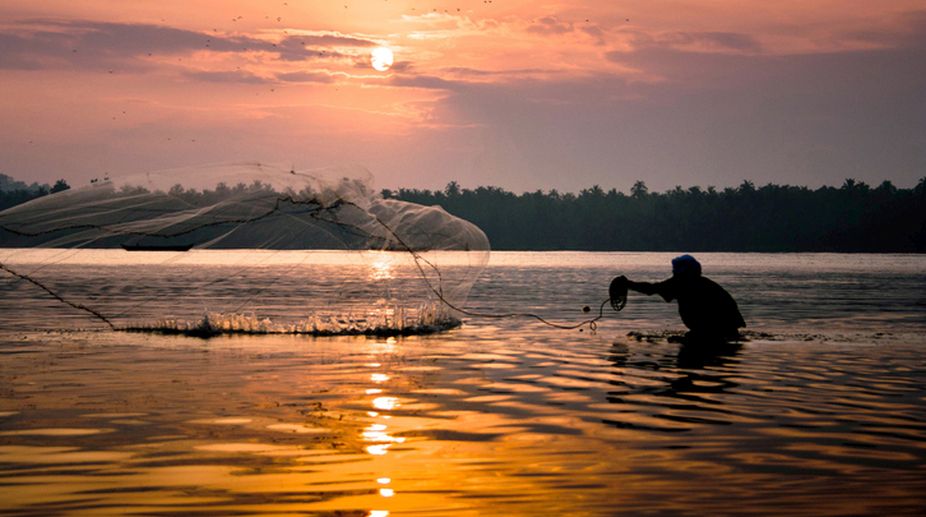Seminar discusses agriskills enhancement
The Department of Agriculture at Brainware University hosted a one-day National seminar on 20 April.

Representational image (Photo: Getty Images)
The Haryana government has decided to set up a hi-tech and ultra-modern ornamental fish hatchery that would be the first-of-its-kind project in the country. Agriculture and Farmers Welfare and Fisheries Minister Om Prakash Dhankar on Wednesday said that the fish hatchery would be set up in district Jhajjar at a cost of Rs.13.68 crore.
He said that it has also been proposed to develop about 16,000 acres of water-logged land in district Jhajjar and Charki Dadri for fish farming to generate a new source of income for farmers.
The minister further stated that farming of white shrimp (Safed Jhinga) would be done over 400 hectares additional unutilised saline land under the Rashtriya Krishi Vikas Yojna Scheme during the year 2017-18. Under the scheme, shrimp rearers would be provided a 50 per cent grant of the total unit cost and for this, the state government has made a provision of Rs.5,110 lakh.
Advertisement
During the present government, Haryana has become the first land-locked state where white shrimp farming is being done on saline land. As many as 16 Recirculating Aquaculture System (RAS) unit would be set up in the state, he added.
Dhankar also added that fish production of 40 tonnes per acre would be done by the fish-rearers at a cost of Rs50 lakh per unit and on this; the fisheries department would provide a grant of 50 per cent. Under the centrally sponsored ‘Blue Revolution Scheme’ implemented for digging new ponds and their improvement and development of waterlogged and saline land, the grant money has been increased to 60 per cent from 20.
The National Bureau of Fish Genetic Resources has declared Haryana as a fish disease-free state. The state is at second position in the country with fish production of 7,200 per kilogram per hectare per year in the year 2016-17 and 5,800 per kilogram per hectare per year in 2013-14. The fish production would be increased to 10,000 per kilogram per hectare per year in 2017-18, he added.
Advertisement